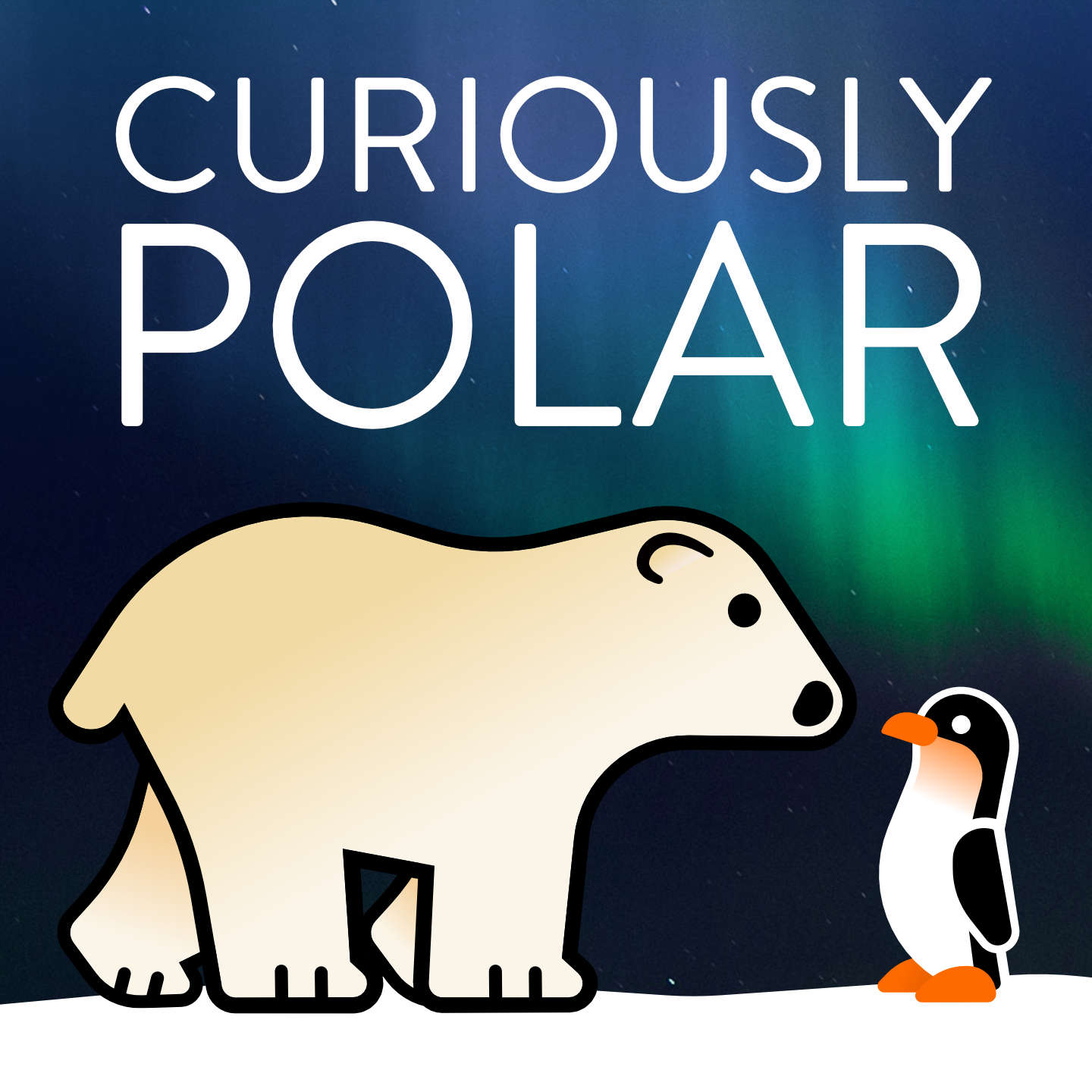132 Polar Explorers, pt. 1: The Woman Who Tamed The Arctic
Notes
Watch this on video | Buy us a coffee: Chris / Henry
POLAR NEWSREEL 20-24°C hotter than average but truly mind-boggling for this time of year, a ferocious heatwave has reached large parts of the Russian Arctic with +30°C (86.5°F). The workhorse of Antarctic field operations, the Twin Otter DHC-6, had its 1st flight 56 yrs ago in 1965 - Happy Birthday! Global warming has unlocked hundreds of Viking artifacts from the ice of the Norwegian mountains in recent years. The new heavyweight champion in the league of icebergs is A-76, a hunk of ice that measures 1,670 square miles (4,320 square kilometers) and broke of the Ronne Ice Shelf on May 13. An a new study shows that those giant icebergs may be playing a larger role in carbon sequestration and Earth’s global carbon cycle than previously thought.
THE WOMAN WHO TAMED THE ARCTIC The first part of the Polar Explorers mini series introduces the woman who tamed the Arctic. As a true explorer, Louise Arner Boyd has contributed greatly to our understanding of the Arctic today, particularly our understanding of the coasts of Greenland.
Born in 1887 into a wealthy family in San Rafael, California, her intense interest in the Arctic grew after the first sight of the pack ice while touring Svalbard in her late thirties. Boyd would dedicate the rest of her life and fortune to learning more about the Arctic through science and the lens of her camera.
Louise Arner Boyd led seven self-financed Arctic expeditions, published three books of photographs through the American Geographical Society, chartered the first private flyover of the North Pole, and was honoured with numerous awards and medals from myriad organisations and governments.
Boyd's 1931 and 1933 expeditions to the northeast coast of Greenland provided the basis for her book The Fiord Region of East Greenland, which included 350 photographs. For these trips, Boyd chartered the Veslekari, a large ship, and brought along surveyors, geologists, and botanists. Boyd served as leader of the expedition and the only photographer, having invested in some very high-end equipment and learned the principles of photogrammetry, the science of taking and interpreting photographs to create models or maps. Her excellent photographs led to the accurate mapping of a remote area of eastern Greenland that was relatively unknown. Subsequently, Denmark named this area “Louise Boyd Land."
This is an episode of the Curiously Polar podcast
with Chris Marquardt https://chrismarquardt.com/ Henry Páll Wulff: https://henrypall.com/
Listen to all podcast episodes at https://curiouslypolar.com
All video episodes at https://tfttf.com/curiouslypolarvideo
Find us here: Web: https://curiouslypolar.com Twitter: https://twitter.com/curiouslypolar Instagram: https://instagram.com/curiouslypolar




